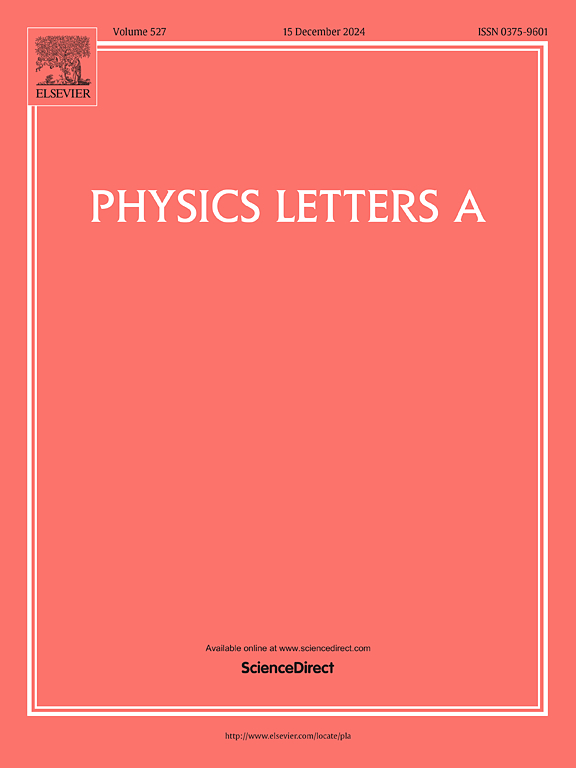Tuning rainbow trapping in higher-order topological insulators
IF 2.3
3区 物理与天体物理
Q2 PHYSICS, MULTIDISCIPLINARY
引用次数: 0
Abstract
Rainbow trapping has garnered significant attention due to its ability to separate, slow, and trap waves of different frequencies at different positions. However, most rainbow devices are limited to operating within a specific frequency band, as the structure of the unit cell and the lattice constant cannot be adjusted after the device is fabricated. In this work, we explore the relationship between higher-order topological corner modes (HOTCMs) and the geometric structures of the corners, using topological phononic crystals as a platform. We also propose a method for frequency-tunable rainbow trapping in higher-order topological insulators (HOTIs). The HOTIs are constructed by varying the heights of the mediums within the crystals, and the frequency tunability of the topological rainbow is achieved by introducing an out-of-plane tunable structural parameter, i.e. the channel height. Numerical simulations show that HOTCMs are strongly dependent on the configurations of corners and HOTCMs can appear sequentially in a particular order. Furthermore, the operating frequency of rainbow trapping increases as the channel height is increased within a certain range. This work offers a possibility for tuning rainbow trapping.
求助全文
约1分钟内获得全文
求助全文
来源期刊

Physics Letters A
物理-物理:综合
CiteScore
5.10
自引率
3.80%
发文量
493
审稿时长
30 days
期刊介绍:
Physics Letters A offers an exciting publication outlet for novel and frontier physics. It encourages the submission of new research on: condensed matter physics, theoretical physics, nonlinear science, statistical physics, mathematical and computational physics, general and cross-disciplinary physics (including foundations), atomic, molecular and cluster physics, plasma and fluid physics, optical physics, biological physics and nanoscience. No articles on High Energy and Nuclear Physics are published in Physics Letters A. The journal''s high standard and wide dissemination ensures a broad readership amongst the physics community. Rapid publication times and flexible length restrictions give Physics Letters A the edge over other journals in the field.
 求助内容:
求助内容: 应助结果提醒方式:
应助结果提醒方式:


